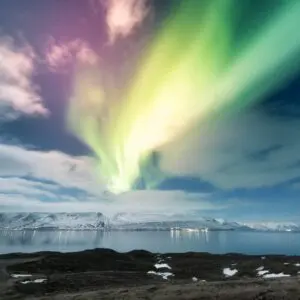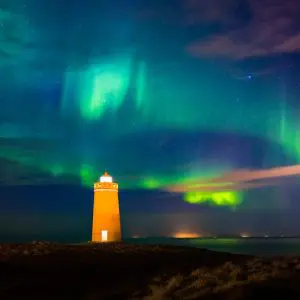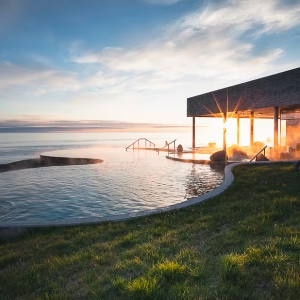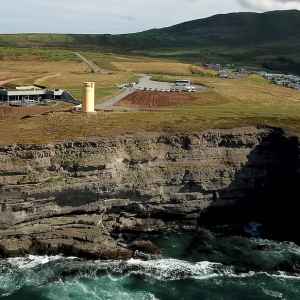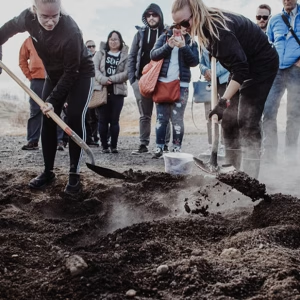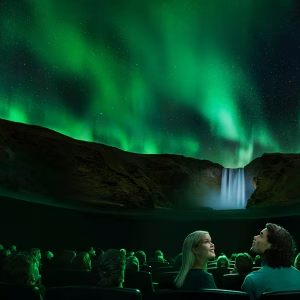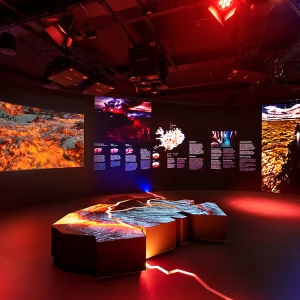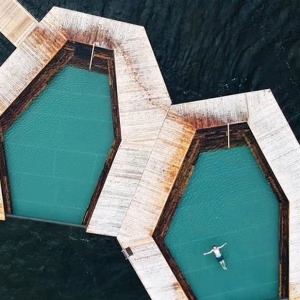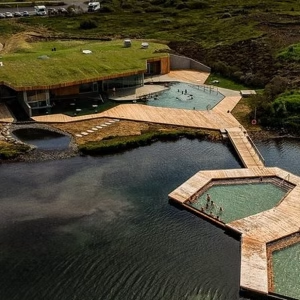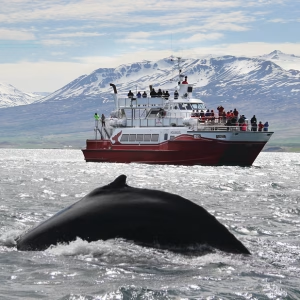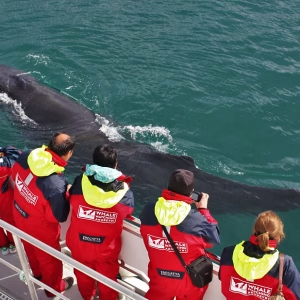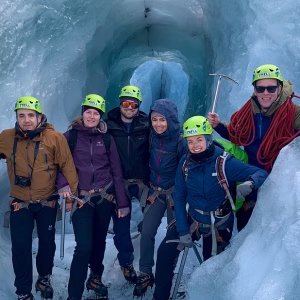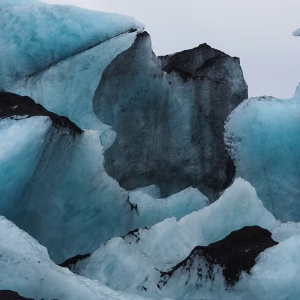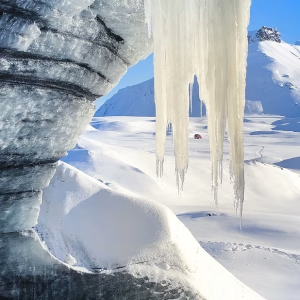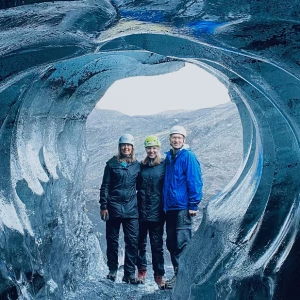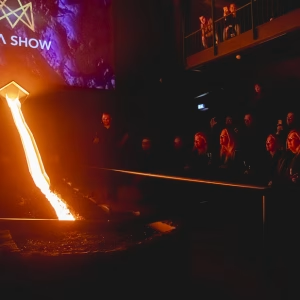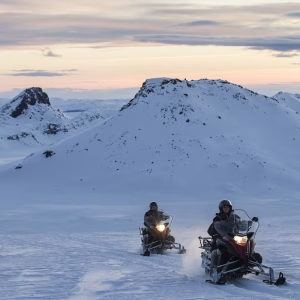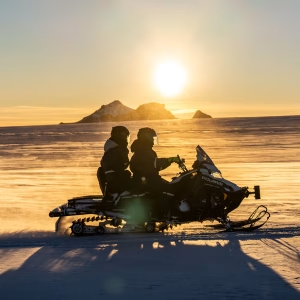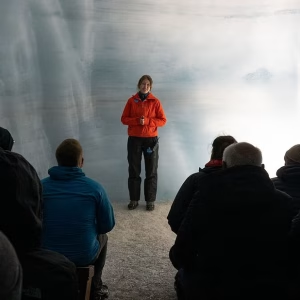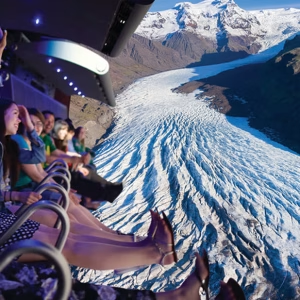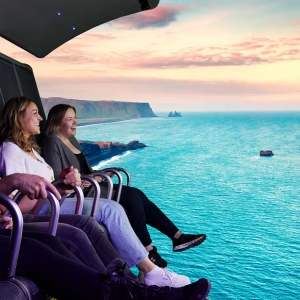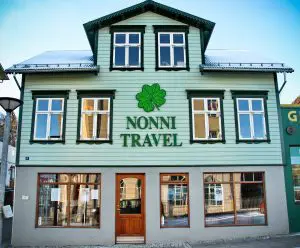Winter Self-Drive Tours in Iceland
Winter Self-Drive Tours in Iceland
Learn More About Winter Self-Drive Tours in Iceland
 Many locals look forward to the first dusting of snow each autumn because it means Iceland’s wild backroads will soon turn into glittering corridors of frost and light. Winter self-drive tours in Iceland let you experience that seasonal magic on your timetable: no group schedules, no tour-bus windows between you and the view, just a sturdy 4×4, fresh studded tires, and the freedom to follow the next ribbon of Northern Lights across an open sky.
Many locals look forward to the first dusting of snow each autumn because it means Iceland’s wild backroads will soon turn into glittering corridors of frost and light. Winter self-drive tours in Iceland let you experience that seasonal magic on your timetable: no group schedules, no tour-bus windows between you and the view, just a sturdy 4×4, fresh studded tires, and the freedom to follow the next ribbon of Northern Lights across an open sky.
Most travelers begin their loop from Keflavík or Reykjavík, collecting a vehicle equipped with mandatory winter tires and a GPS that syncs with Vegagerðin (the road authority) alerts. From there, the island lies wide open. Head east along the South Coast, and you’ll weave past the Skógafoss waterfall draped in icicles, black-sand beaches dusted white, and the Sólheimajökull glacier, where blue ice caves glow like stained glass.
But, of course, winter roads can be as playful as they are beautiful. One minute, the sun paints Snæfellsnes with golden light; the next, a squall sweeps in from the Atlantic. Self-drive itineraries build in generous buffer time, so if Route 1 closes for an hour while snowplows clear a pass, you can pull into a roadside café for hot chocolate and still make your cozy countryside guesthouse by dusk. Many of these family-run stays offer wake-up calls for Aurora activity, perfect for catching the green curtain when it flares at 2 a.m.
Dress in layers, keep an eye on the Safe Travel page, and fuel up whenever you pass a station (distances stretch in the North). Do that, and a winter self-drive becomes more than a holiday. It’s a rolling conversation with Iceland’s elements, a chance to feel the quiet power of snow-clad volcanoes and hear nothing but the crunch of tires on fresh powder beneath a starlit Arctic sky.
From Our Backyard: Insider Tips, Culture & Adventure
Driving Iceland’s Ring Road: Everything You Need to Know Before You Go
How We Will Create Your Lifetime Journey: Best Self-Drive Tours in Iceland and the Faroe Islands
A Local’s Guide to Car Insurance in Iceland: What Every Traveler Should Know
Velkomin!
Most Common Questions About Winter Self-Drive Tours in Iceland
Is it safe to take a winter self-drive tour in Iceland?
Yes, just choose a package with a 4×4 car and follow daily updates on Vegagerdin page for road conditions and respect speed limits. Iceland’s road crews work around the clock, but weather can change fast, so build extra time into every leg.
How do I handle sudden storms or closed roads?
Check Safe Travel page each morning for alerts, and never attempt to drive on a closed road. Use your tour’s emergency line – local staff can reroute you to a safe detour or arrange extra lodging for the night.
Are fuel stations open in rural Iceland during winter?
Most automated pumps operate 24/7 with credit cards. Fill up whenever the tank drops below half. Distances between stations can stretch, especially in the Eastfjords.
What gear should I pack for a winter self-drive tour?
Layered thermal clothing, waterproof outer shell, insulated boots, headlamp, phone power bank, windshield scraper, small shovel, and high-energy snacks. A compact travel blanket is wise for roadside aurora watching.
How long does a full Ring Road self-drive take in winter?
Allow a minimum of ten days for the 1,332 km loop, giving room for weather delays and extra nights in spots like Höfn or Akureyri. Faster itineraries risk missing highlights or driving in the dark.
Do winter self-drive tours include ice-cave or glacier activities?
Many itineraries add guided ice-cave excursions from Jökulsárlón or snowmobile trips on Langjökull. Activities are scheduled flexibly so you can swap days if a storm rolls in.
How far in advance should I book a winter 4×4 rental in Iceland?
For travel between December and March, secure your vehicle and accommodation at least three months ahead. The weeks around Christmas and New Year often sell out by early autumn.
Do I need a 4-wheel drive vehicle for the Ring Road in winter?
Absolutely. A 4×4 with studded winter tires handles packed snow, slush, and sudden gusts far better than a two-wheel-drive car, giving you stability on icy mountain passes and exposed South Coast stretches.
What’s included in a winter self-drive tour package?
Our packages typically include a fully insured 4×4 vehicle, GPS synced to live road alerts, pre-booked countryside hotels with breakfast, an itinerary highlighting winter attractions, and a 24/7 helpline staffed by local travel advisors.
What type of insurance do I need for winter driving in Iceland?
Choose a package with Super Collision Damage Waiver, gravel protection, and (crucially) sand-and-ash coverage if you plan to explore South-Coast deserts whipped by winter winds.
Can I drive to the Golden Circle in winter?
Yes. Þingvellir, Geysir, and Gullfoss are well-maintained year-round. Still, pack microspikes for icy walkways and leave space in the schedule for slick conditions on Route 35.
How many daylight hours will I have each day?
Around the winter solstice, Reykjavík gets just four hours of actual daylight. By mid-February, that climbs to eight. Plan shorter legs in December and allow wiggle room for photo stops.
Can families with children enjoy a winter self-drive?
Of course! Child seats, heated cabins, and short daily distances keep kids comfortable, while frozen waterfalls, ice caves, and geothermal pools supply plenty of excitement.
When is the best month for a Northern Lights self-drive in Iceland?
Mid-September to late March offers the nights you need for Auroras. December and January are prime, but February and early March often bring clearer skies and longer daylight hours for driving.

